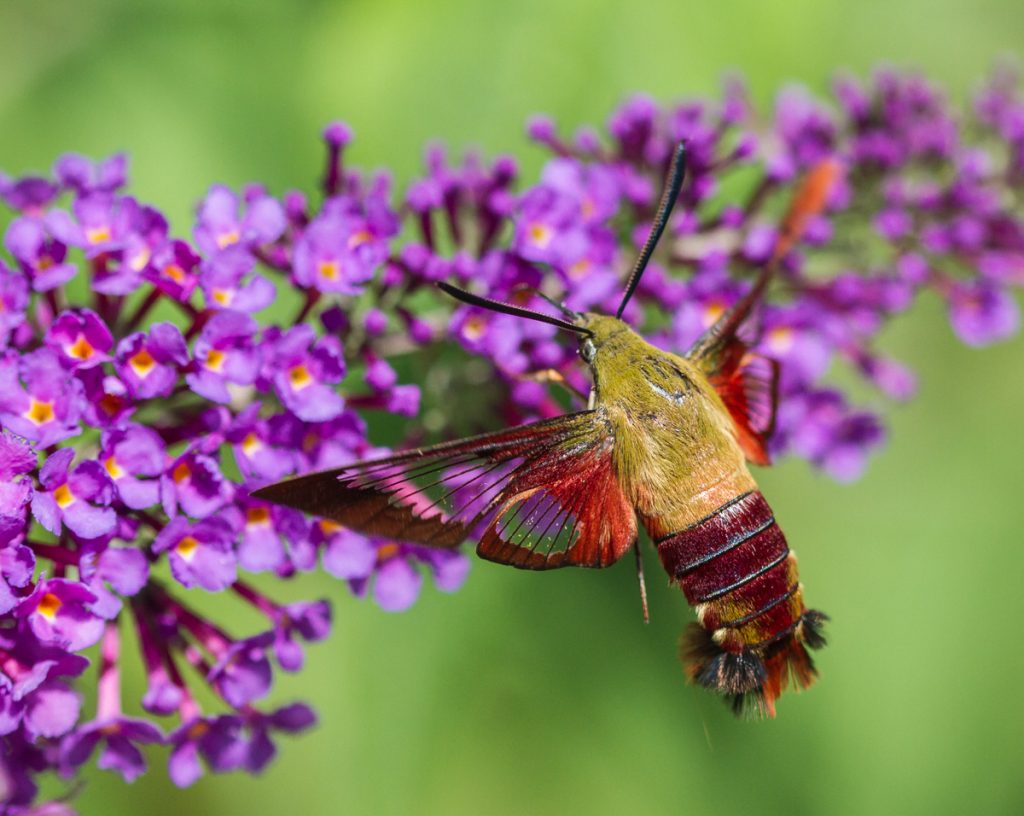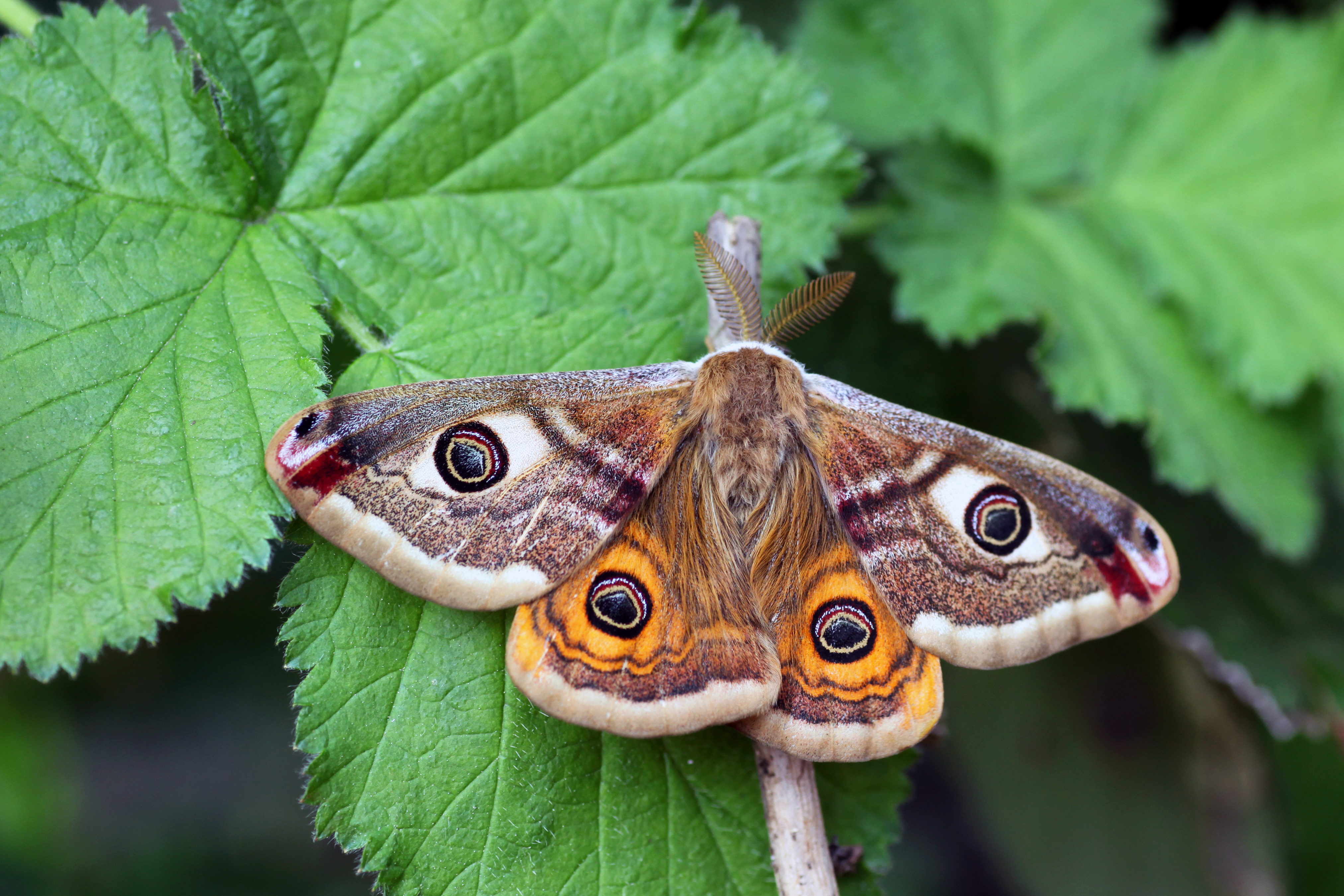It’s National Moth Week! Moths are one of the Earth’s most diverse organisms, and while they may not get the same rep as their beautiful ‘cousin’ critter, butterflies, moths are nonetheless vital to our ecosystem, and have some pretty intricately patterned wings, too! In the spirit of giving moths some well-deserved attention, here are five fun facts you may not have known about them:
Moths Outnumber Butterflies 9 to 1
That’s right. While both creatures belong to the Lepidoptera order, scientists have determined that there are 135,000 known species of moths in the world. Although, scientists speculate there could be as many as 500,000 different species of them in the world. In comparison, there are 17,500 known species of butterflies in the world, and in the US alone, there are 11,000 different species of moths and about 750 species of butterflies.
Certain Moths Go Without Eating…
And it’s because they don’t have mouths, (or digestive systems). How is this possible? It’s the unfortunate fate of some moths’ super-short lifespans, like the Luna moth. Once the Luna moth leaves the cocoon, it only has about 7-10 days to live, in which its sole purpose is to mate and reproduce.
Moths Come in all Shapes and Sizes
Moths are as diverse as they come. The Atlas moth, which is the largest known species of moths, has a wingspan of 12 inches, while the smallest moth in the world, the Stigmella Maya moth, has a wingspan of just 1.2 millimeters. Just as they’re diverse in size, they’re diverse in patterns, too. To name a few, the Giant Leopard moth has, fittingly, an all-leopard pattern, while the Garden Tiger moth has a striking orange, black, brown and white wing-pattern.
Moths are Night Creatures (Mostly)
We mostly think of moths as being nocturnal (and sometimes pesky) critters that swarm our porch lights at night, but it turns out that’s not always the case! While the majority of moths come out to play after the sun goes down to help pollinate flowers, there are certain moths, such as the hummingbird clearwing moth, that come out in the daylight to help transfer nectar from flower to flower – all while resembling a beautiful mini hummingbird!

They Can Smell You from Miles Away…
Moths have an unrivaled sense of smell due to their highly sensitive olfactory receptors on their antennae. Their strong sense of smell is actually how they find mates. Male moths, especially male silk moths, can smell female pheromones from miles away! In one experiment, a male Promethea moth flew 23 miles after smelling female pheromones just to find his mate – only to then be sadly greeted by a scientist.
As we recognize moths this week, let’s appreciate their diversity and the important environmental role they play – and if you dare, it’s the perfect week to revisit watching the terrifying Mothman Prophecies thriller – although I’m not sure if I totally recommend doing this one.
 Food
Food Farmers
Farmers Sustainable Living
Sustainable Living Living Planet
Living Planet News
News